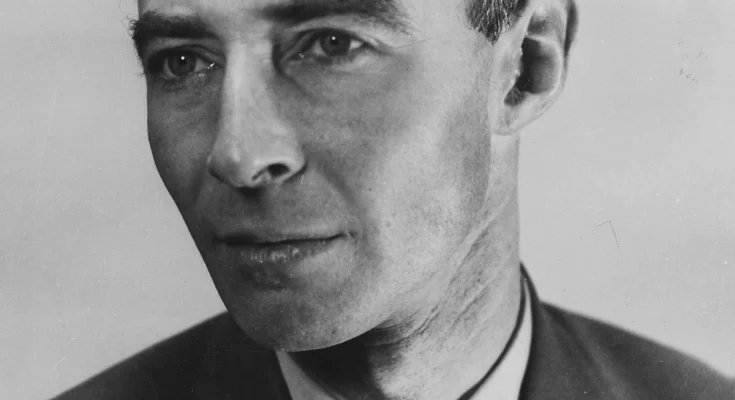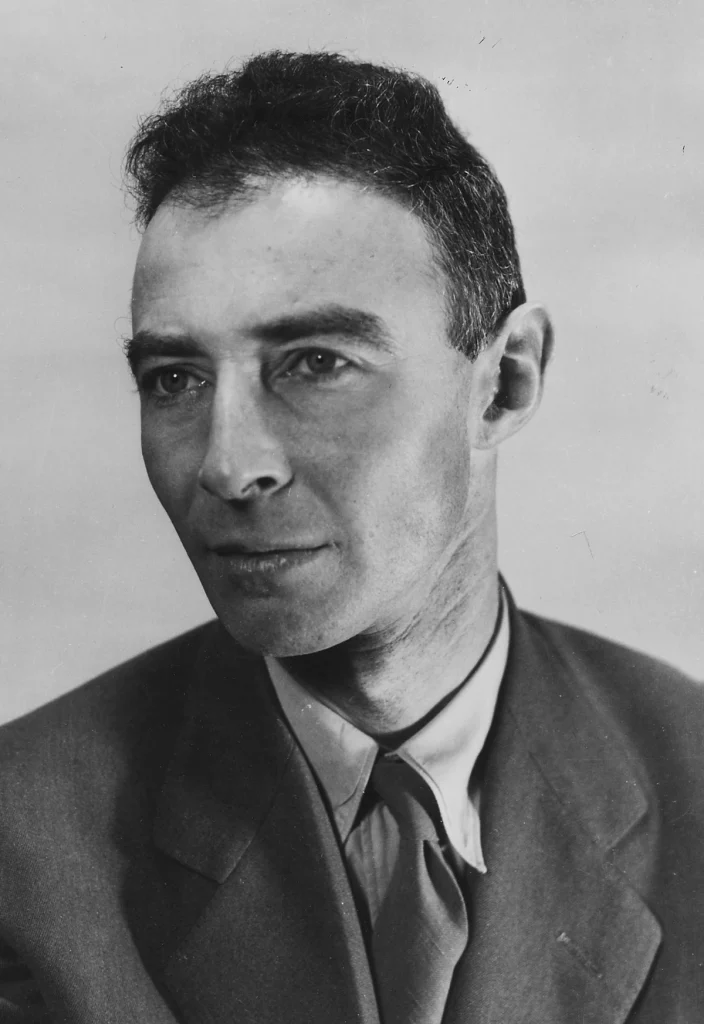“Whatever the enemy may be planning, American science will be equal to the challenge.” —Franklin Delano Roosevelt, June 29, 1943
J. Robert Oppenheimer, born on April 22, 1904, and died on February 18, 1967, was an American theoretical physicist and one of the key figures in the development of the atomic bomb during World War II. He is often referred to as the “father of the atomic bomb” for his significant contributions to the Manhattan Project.
Oppenheimer was born in New York City and showed early academic promise in science and mathematics. He attended Harvard University and later earned his Ph.D. in theoretical physics at the University of Göttingen in Germany.
During World War II, Oppenheimer led the Los Alamos Laboratory in New Mexico, where scientists and engineers worked on the development of the atomic bomb. The successful testing of the first atomic bomb took place on July 16, 1945, in the Trinity test. This event marked a significant turning point in history, leading to the use of atomic bombs on Hiroshima and Nagasaki in Japan, hastening the end of World War II.
Despite his pivotal role in the development of nuclear weapons, Oppenheimer also advocated for civilian control of atomic energy and opposed the development of the hydrogen bomb during the early stages of the Cold War. His stance on these matters led to a controversial security clearance hearing in 1954, during which he faced accusations of being a security risk due to his left-wing political affiliations in the past. As a result, his security clearance was revoked, and he was effectively barred from further government work related to nuclear weapons.
After his troubled period, Oppenheimer focused on teaching and research, and he made significant contributions to theoretical physics and astrophysics. He received many honors and awards throughout his lifetime, recognizing both his scientific achievements and his leadership during the Manhattan Project. Oppenheimer’s life and work continue to be subjects of great historical and scientific interest.



